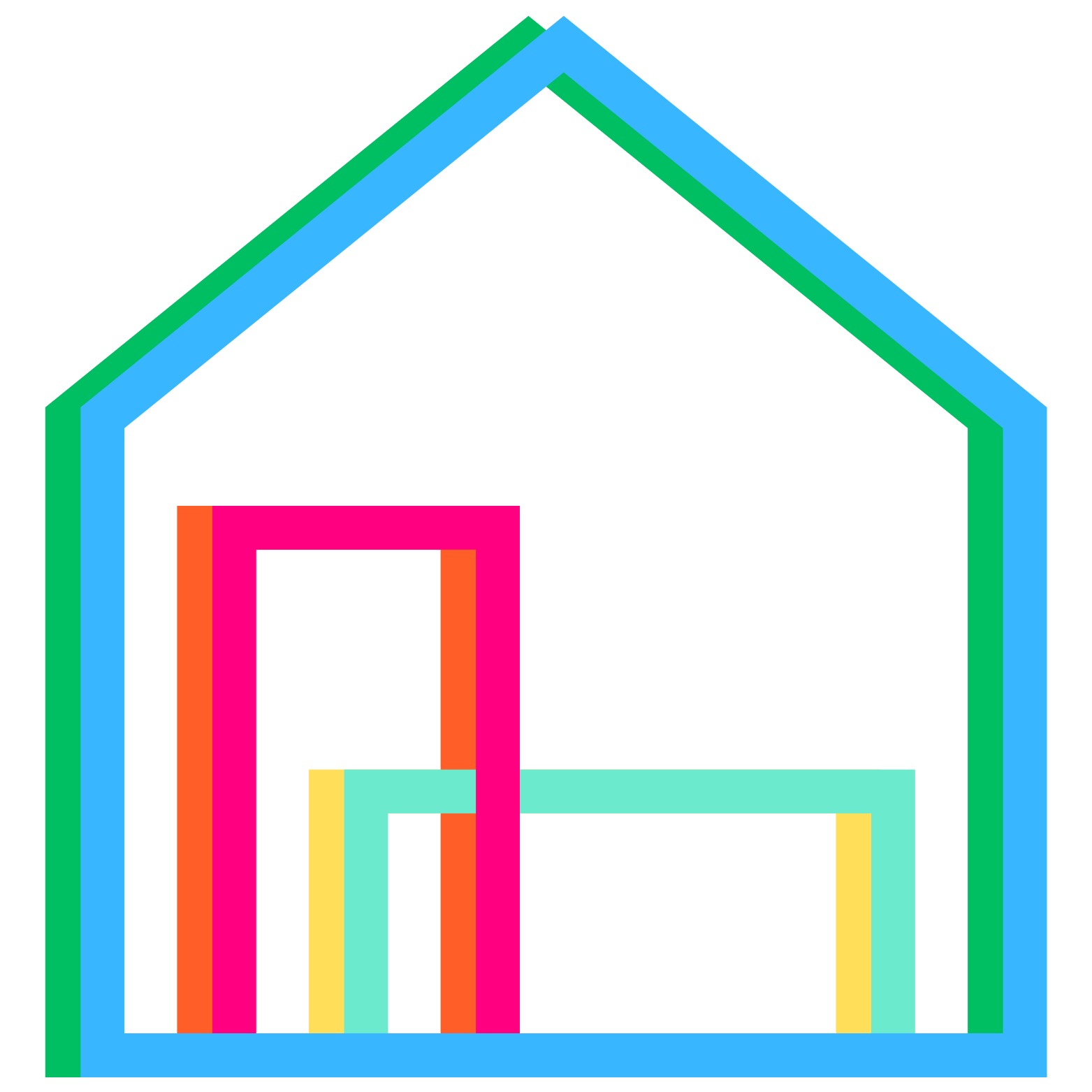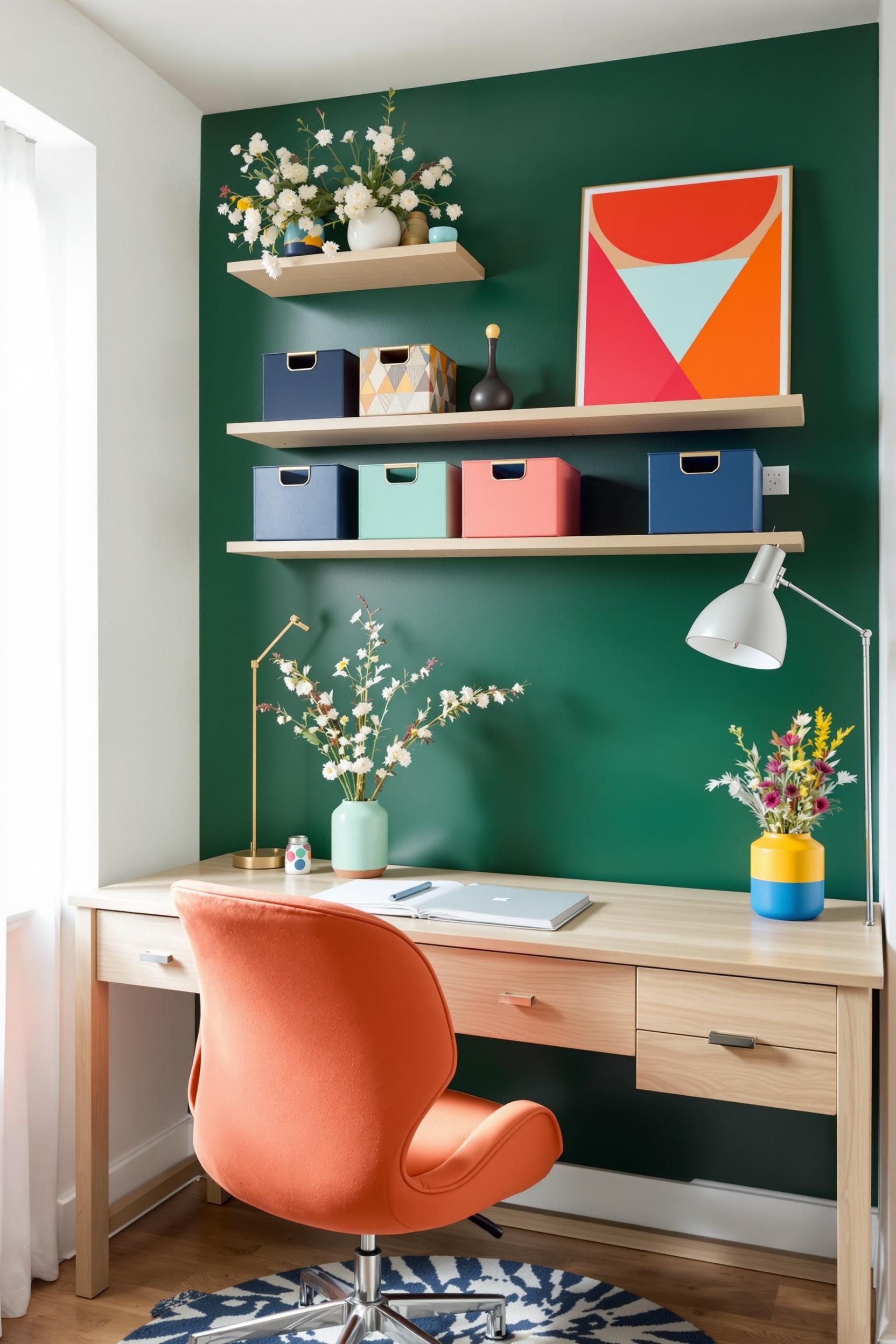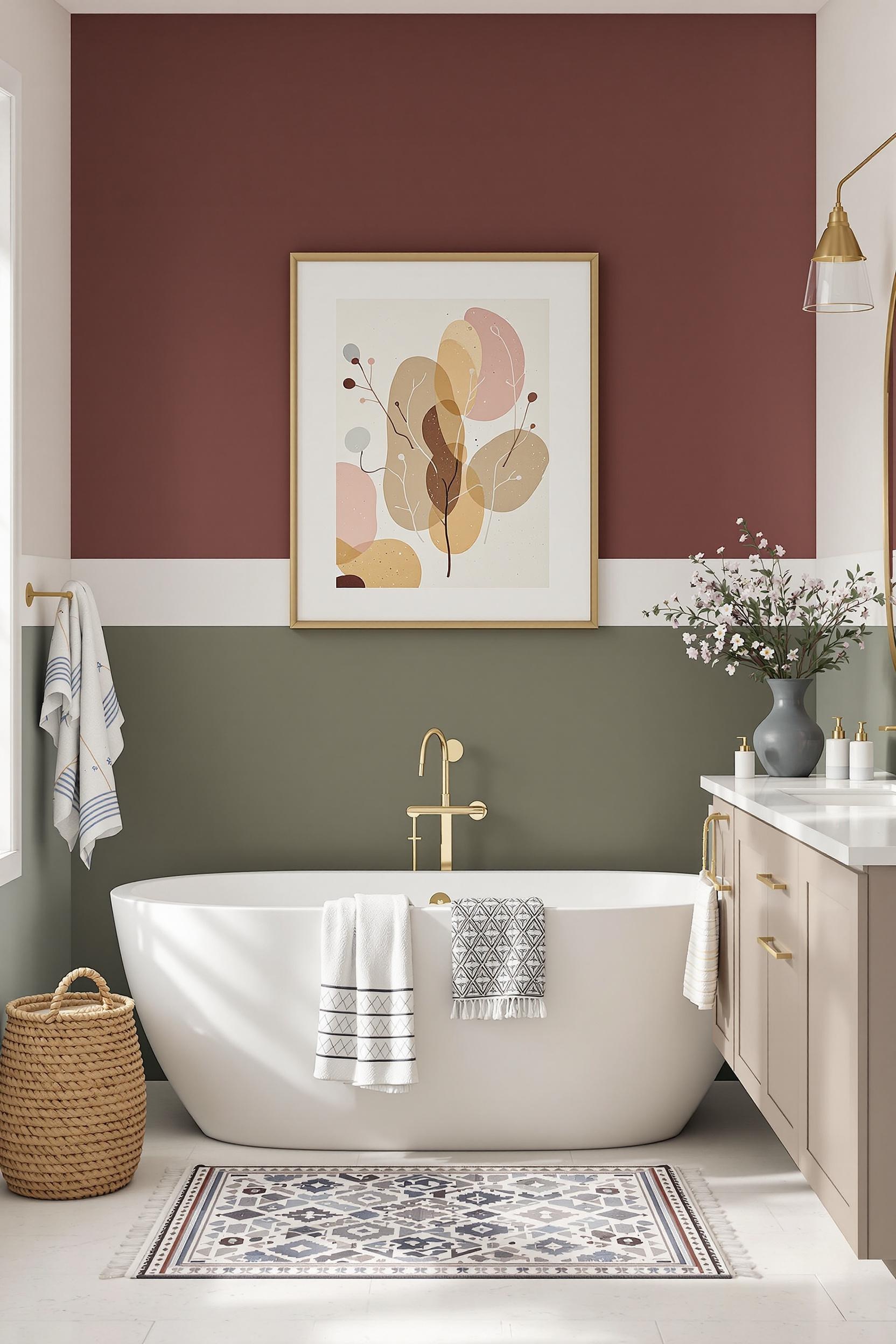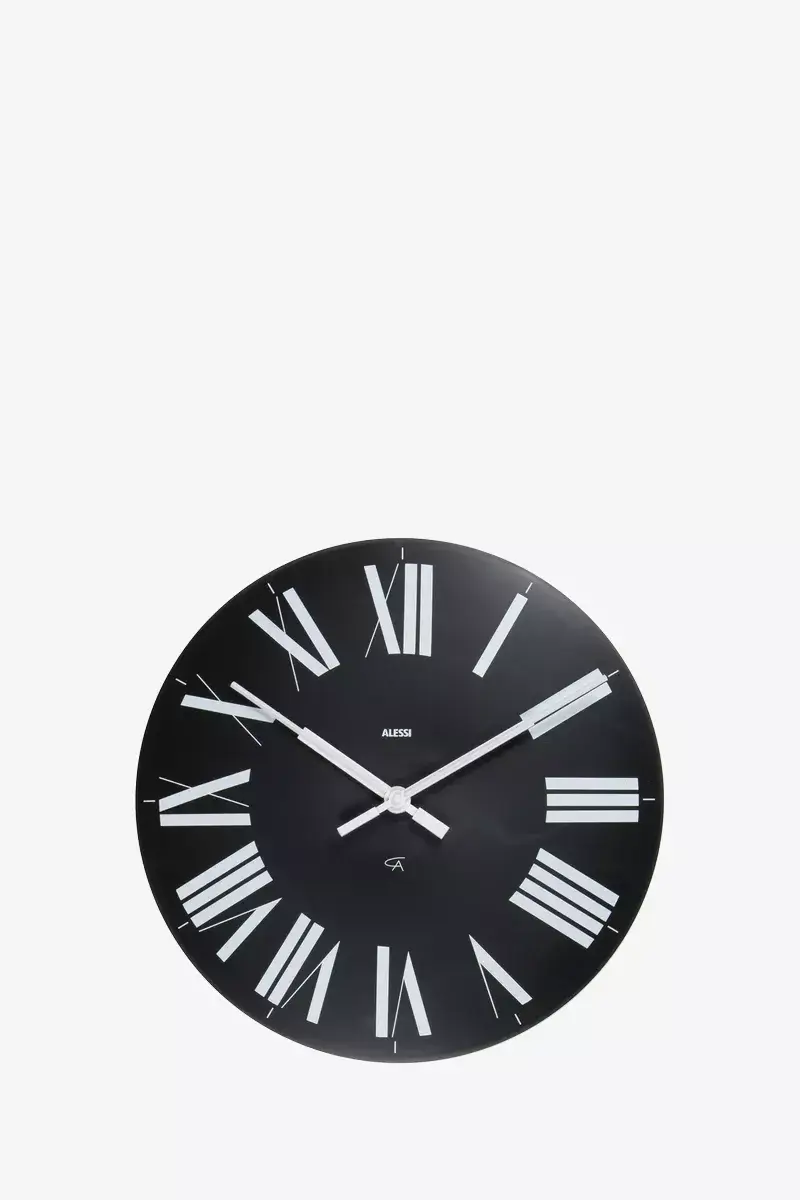
Transforming Tiny Spaces: Color Blocking Magic for Small Apartment Layouts
Ever walked into a small apartment and felt instantly cramped? I’ve been there—and I’ve transformed spaces that felt like closets into vibrant, open oases. One of my favorite techniques? Color blocking. It’s a powerful and simple way to add dimension, define functional zones, and bring personality into even the smallest of homes.
Whether you’re exploring color blocking ideas for small apartments or trying to find the right bold color palettes for small spaces, this strategy is the key to unlocking your apartment’s full potential. I’ve used modern interior color blocking and creative color blocking for tiny apartments in projects that prove compact doesn’t mean boring. Want rooms that look bigger and feel more cohesive? Read on.
Maximizing Space: Strategic Color Blocking for Compact Living
Why Color Blocking Works in Small Spaces
Modern interior color blocking isn’t just trendy—it’s smart. When done right, it makes a space feel up to 30% larger. The key lies in color psychology and visual illusions. Colors can guide the eye, separate spaces, and make a room feel taller, wider, and brighter—all without moving a single wall.
Here are a few reasons why color block wall designs for small spaces work:
- They build clear visual zones in open layouts without putting up dividers.
- Cool tones make areas feel airy and spacious.
- Warm accents add coziness and depth.
- Color helps personalize your space affordably.
Favorite Tips That Always Work
- Use light neutral bases to stretch walls visually.
- Try geometric color blocking designs for interest and class.
- Create visual zones so each corner serves a purpose.
- Stick to a modest palette for a calm, minimalist vibe.
Color Psychology and Spatial Transformation in Compact Apartments
Choosing the Right Tones
Creating great minimalist apartment color schemes starts with understanding how colors make us feel. Soft blues and greens open up a space. Earthy tones add calm and warmth. Accent colors like mustard or navy can bring energy without taking over. I always tell clients to choose one bold hero and build from there.
Some successful combos for small apartment living room color ideas include:
- Sage green with warm white
- Terracotta and cream
- Pastel peach with deep charcoal
- Navy blue paired with soft gray
Use tone carefully to zone spaces: pale blue defines a reading nook, while burnt orange frames your bed area. These subtle shifts make your layout purposeful—and stylish.
Texture & Material: The Finishing Touch
Color transforms a room, but texture gives it feeling. Think velvet throw pillows, terrazzo tables, or rattan baskets. When working with minimalist color-blocked decor, I use neutral materials to balance bold color blocks. If your wall features a large geometric pattern, keep furnishings sleek and subdued for harmony.
Color Blocking Strategies That Expand Small Layouts
Innovative Color Zoning Techniques
Color zoning is especially useful in studios or open-plan setups. You don’t need walls to feel like you have rooms. Here are some of my go-to zoning tricks:
- Paint a bold rectangle behind your work desk to mark your home office.
- Use soft gradients to separate sleep and relaxation zones.
- Use minimalist color-blocked decor to distinguish space with furniture items.
These spatial boundaries make your home feel organized. You can also keep the same dominant tone throughout for cohesion but change accent colors in each zone. That way, you stay unified while still having visual cues that signal a change in purpose.
Vertical & Furniture-Based Color Blocking
Go Up!
Want your walls to feel taller? Try vertical color blocking. Paint the bottom portion of your wall in a rich color, like navy or russet, and the upper part in white or soft beige. Your ceiling will instantly feel higher.
Smart Furniture Selection
Integrating furniture into your strategy is a top small space color-blocking tip. A mustard chair against a teal wall metal shelf in pink tones—these subtle elements enhance your palette without requiring paint at all. You can also place colorful pieces in zones, like using a blue bookshelf to mark your workspace.
Creative & Affordable Options
FAQs: Color Blocking in Small Apartments
What is color blocking? It’s using solid blocks of color to divide and decorate your living areas—typically with bold, geometric layouts.
Will it make my apartment feel bigger? Yes! Color tricks the eye. Use lighter colors near windows and darker tones away from them for a sense of spaciousness.
Best color combos? Soft pastels and a bright accent, monochromatic fades, or black, white, and one vibrant hue.
Can renters use color blocking? Absolutely. Use peel-and-stick wallpaper, big art, or color-specific furniture to achieve it.
How do I avoid cluttering the space?
- Limit your palette to 2-3 colors.
- Give colors room to breathe with white or light neutrals.
- Use bolds on one or two walls only.
Where to use color blocking?
- Living room accent walls
- Behind beds as faux headboards
- Kitchen backsplash areas
- Entry corners with vibrant pops
Cost? Very low. Paint: $30–$100. Wallpaper: $50–$200. Decals under $80. DIY rearrangement is free! Hiring a designer like me? Around $200–$500 depending on your asks.
Trends for 2024? You’ll see vintage 1970s tones, geometric patterns, minimalist contrast techniques, and lots of earthy meets pastel palettes.
Transform Your Small Space: Color Blocking Magic Unveiled
Quick Recap: Key Takeaways
- Color Psychology: Use tone to shape how spacious a room feels.
- Zoning: Define function with strategic paint placement instead of walls.
- Texture: Keep it grounded with soft throws, curtains, and furniture contours.
Three techniques will boost your apartment now:
- Vertical Blocking: Elevate wall height perception with upper/lower color contrast.
- Zone Definition: Let colors define purpose—from kitchen corners to workspace portals.
- Furniture Integration: Pick pieces that play along with your palette.
Ready for Transformation?
If you’re excited to try these color blocking ideas for small apartments, don’t wait. Unlock the full potential of your small home now. Whether you’re interested in geometric color blocking designs.
Ready to Revolutionize Your Living Space?
I’m excited to help you master the art of color blocking! Here’s how you can take the next step:
– Subscribe to Our Newsletter:
- Get exclusive color blocking tips, design inspiration, and expert advice delivered straight to your inbox. Sign Up Now
- Share Your Transformation: Tried these color blocking techniques? We’d love to see your before and after photos!
- Join the Conversation: Drop a comment below with your favorite color blocking idea or challenge.






